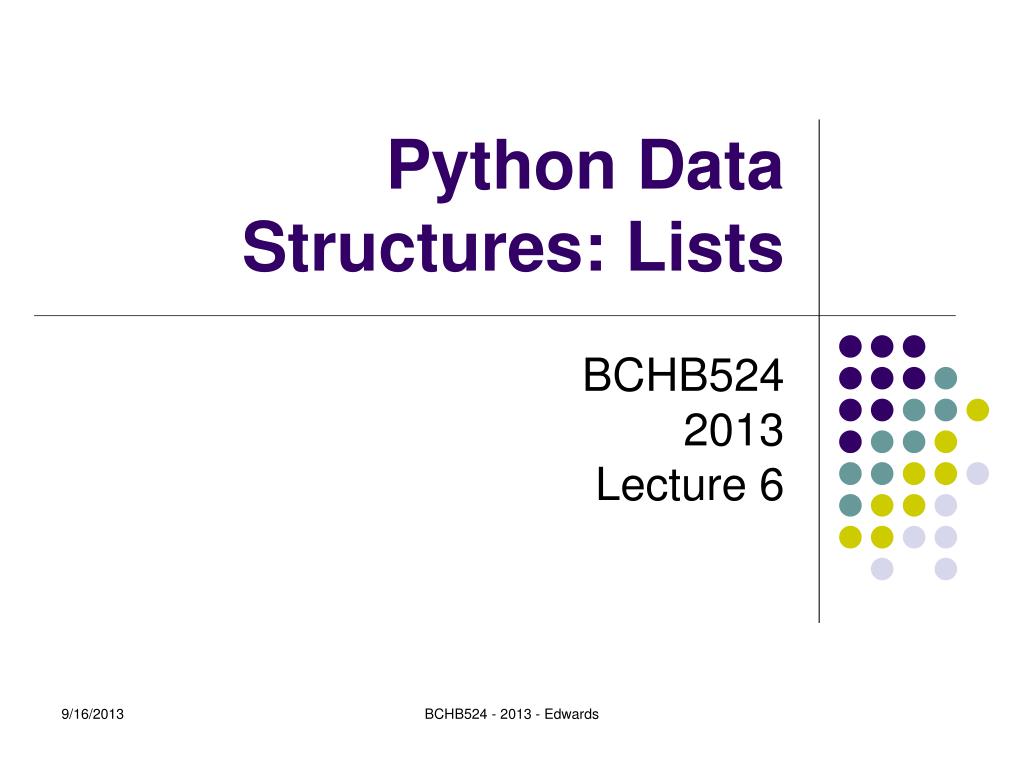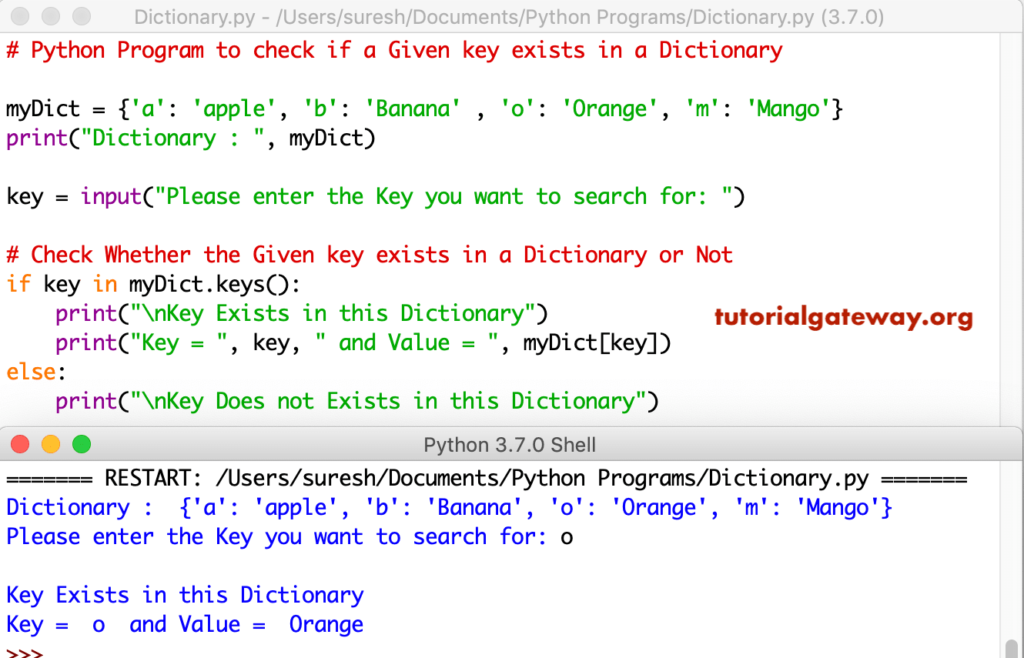
# to access a property of an object in a dictionary: If you have a container as a value, and you want to retrieve a nested value-that is, something from within the container-you can either access it directly with indexing (if supported), or by using an interstitial assignment:Įxample_values # yields 1982Īnother_dict = example_values To retrieve a value from a dictionary, you use Python's indexing syntax:īlade_runner_year = movie_years Getting and setting dictionary keys and values You can also use the dict() built-in to create a new dictionary from a sequence of pairs:Īnother way to build a dictionary is with a dictionary comprehension, where you specify keys and values from a sequence: Let's begin with a simple example of a Python dictionary: movie_years =
PYTHON LIST OF DICTIONARIES HOW TO
In this article, we'll walk through the basics of Python dictionaries, including how to use them, the scenarios where they make sense, and some common issues and pitfalls to be aware of. In other languages, this type of data structure is sometimes called a hash map or associative array. You use a key to obtain its related values, and the lookup time for each key/value pair is highly constant. Each key is associated with a value, which can be any Python object.


Python dictionaries consists of one or more keys-an object like a string or an integer.

A Python dictionary is a fast, versatile way to store and retrieve data by way of a name or even a more complex object type, rather than just an index number. Among the data structures built into Python, the dictionary, or Python dict, stands out. Programming languages all come with a variety of data structures, each suited to specific kinds of jobs.


 0 kommentar(er)
0 kommentar(er)
